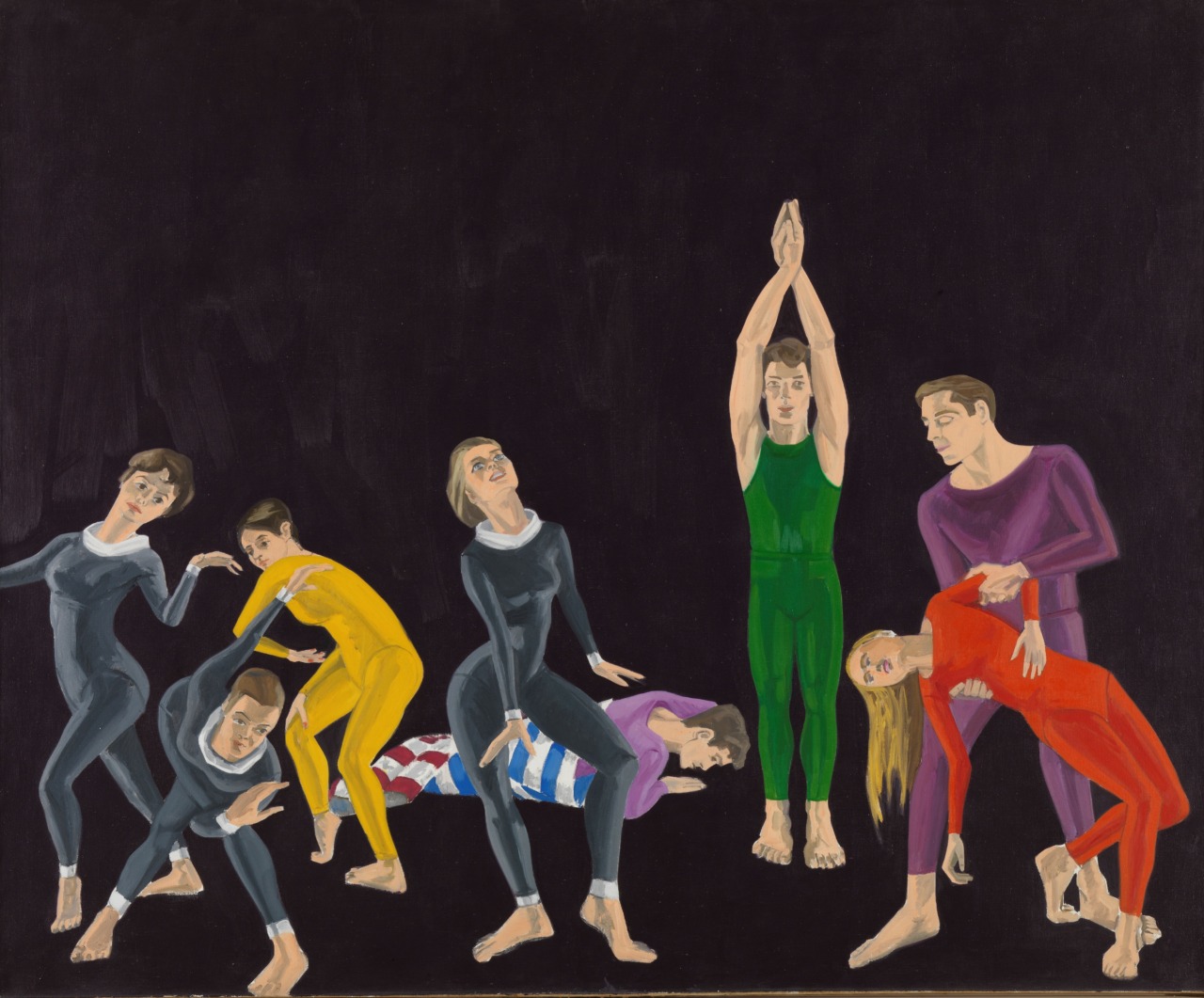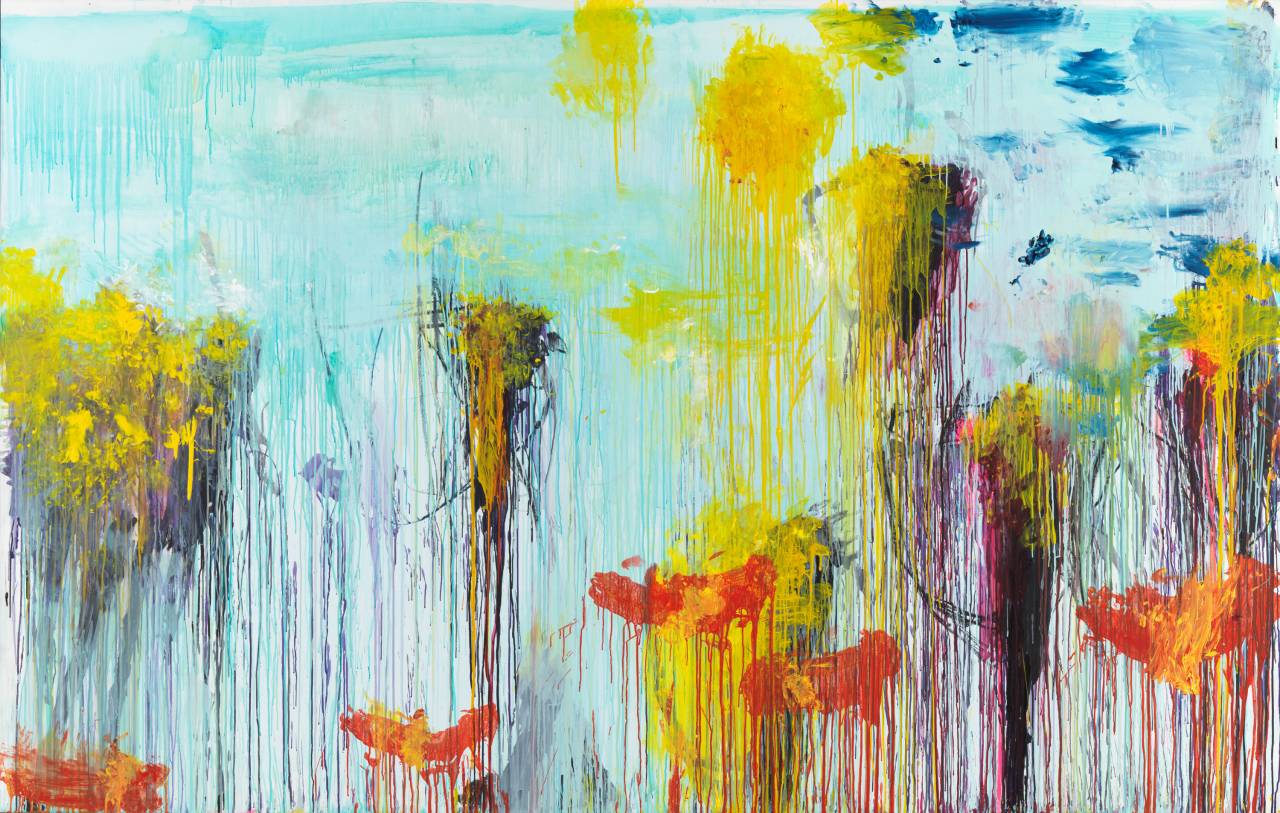Site Visit
until
How do artists use site as a material to make art? How do artists engage with diverse exhibitions spaces, including institutions, and the context from which their work emerges? How can we approach these questions beyond the tired model of site-specificity? "Site Visit" brings together artists working in Munich, New York, Berlin, and Los Angeles with a program of temporary installations and artist talks that seeks to answer these questions and provide new frameworks to understand how artists are working today.
Exhibition info
About the exhibition
“Site Visit” is a program of weekly installations, artist talks, and workshops in the Brandhorst’s expansive Patio. In March 2022, artists Helin Alas (German, *1987), Johanna Klingler (German, *1988), Robert Keil (German, *1987), and Maria VMier (German, *1975) will stage weekly presentations of their work. These artists offer a cross-section of mediums ranging from painting and sculpture to performance and electronic media. Yet their works also offer different models for how artists today engage with institutional spaces: from insertion and collaboration to diversion and friction.
In tandem with these installations, a group of invited artists – Cameron Rowland (American, *1988), Carolyn Lazard (American, *1987), Haris Epaminonda (Cypriot, *1980) and Madeline Hollander (American, *1986)—will visit the Brandhorst for a series of daytime workshops and evening artist talks. The workshops, open by invitation to artists and students living in Munich, and talks, open to the public, are an opportunity for the museum’s community to forge deeper forms of discursive engagement with contemporary artistic practices.
Throughout the month, Madeline Hollander’s new installation “Sunrise/Sunset” (2021), will keep a watchful eye over the Brandhorst’s Patio. Designed to indicate the passage of time across the globe using recycled car headlights, Hollander’s installation provides a contemplative horizon for this series of local and international encounters.
Concept
Artists today make art related to specific places in a complex variety of ways beyond the mere myth of site-specificity. Each of the artists participating in “Site Visit” speaks to the use of site—whether institutional, historical, or metaphorical—as a material for art production. Forging experimental modes of engagement with the various meanings of site, their practices offer an opportunity to reflect on the meaning of place in contemporary art.

Madeline Hollander, Sunrise/Sunset, 2021
Madeline Hollander highlights the choreography of the invisible systems that shape human experience. “Sunrise/Sunset” is a live installation featuring 96 recycled headlights operating as a perpetual world clock. The headlights form a global time zone map that performs with the Earth’s rotation. As the sun rises and sets across the globe, the headlights react, turning on when moving into night and off when entering daylight, blinking and shifting in real time according to their location on the globe. The result is an image of global connectedness emerging from the interaction between individual actions, technological automation and the cosmos. The installation features an original score by composer Celia Hollander.
Madeline Hollander’s installation Sunrise/Sunset (2021) will be on view in the Patio for the entirety of the program. “Sunrise/Sunset” was originally commissioned by BMW Open Work by Frieze.
Local and international
“Site Visit” is designed by Museum Brandhorst to create connections between artists working in Munich, New York, Berlin, and Los Angeles. It provides an opportunity for each of these artists to articulate their practices in-depth to the museum’s audience, a crucial part of the museum’s mission to educate its audience about the most innovative artists working today.
Supported by
































